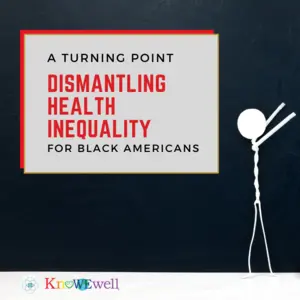

Mental and Behavioral Well-Being

Mental and Behavioral Well-Being
Majority of High School Students Report Having a Potentially Traumatic Event during the Pandemic
Social and educational disruptions during the COVID-19 pandemic have exacerbated concerns about adolescents’ mental health and suicidal behavior, and a new analysis highlights the ongoing, urgent need to address adversity experienced before and during the pandemic to mitigate its impact on mental and behavioral health.
Adverse childhood experiences (ACEs) are preventable, potentially traumatic events that occur in childhood (ages 0–17 years) such as neglect, experiencing or witnessing violence, or having a family member attempt or die by suicide. Also included are aspects of a child’s environment that can undermine their sense of safety, stability, and bonding. ACEs are associated with poor mental health and suicidal behaviors, and high prevalence of some ACEs have been documented during the pandemic.
A survey of 4,390 high school students in the U.S. found a majority of respondents reported a potentially traumatic event during the COVID-19 pandemic that may have contributed to poor mental health and suicidal behaviors. Students self-reported experiences of some adversities during the COVID-19 pandemic (i.e., emotional abuse, physical abuse, parent or caregiver job loss, and food insecurity) or during the past 12 months (i.e., sexual violence by any perpetrator, physical teen dating violence, and electronic bullying), as well as their mental health (i.e., current poor mental health, poor mental health during the pandemic, and persistent feelings of sadness or hopelessness during the past year) and suicidal behaviors (i.e., seriously considering suicide, making a suicide plan, or attempting suicide during the past year).
The survey found nearly three in four (73.1%) high school students reported at least one ACE during the pandemic (between January and June 2021), and 53.2%, 12%, and 7.8% reported one to two, three, and four or more ACEs, respectively. These students were more likely to report poor mental health and suicidal behavior. Compared with adolescents without ACEs, adolescents who reported one to two ACEs during the pandemic were more than twice as likely to report poor mental health and nearly six times more likely to report a recent suicide attempt compared with those who did not experience any adverse events.
Emotional abuse was most strongly associated with poor mental health and suicidal behaviors, which is consistent with research indicating that although all forms of abuse contribute to adolescent suicidal behaviors, emotional abuse might be relatively more harmful.
Prevention and intervention strategies, including early identification and trauma-informed mental health service and support provision, for ACEs and their acute and long-term impacts could help address the U.S. child and adolescent mental health and suicide crisis and help children and families thrive.
REFERENCES
Anderson K., et. al. (2022, October 14). Adverse childhood experiences during the COVID-19 pandemic and associations with poor mental health and suicidal behaviors among high school students — Adolescent behaviors and experiences survey, United States, January–June 2021. MMWR Morbidity and Mortality Weekly Report. Centers for Disease Control and Prevention. http://dx.doi.org/10.15585/mmwr.mm7141a2


 By
By







